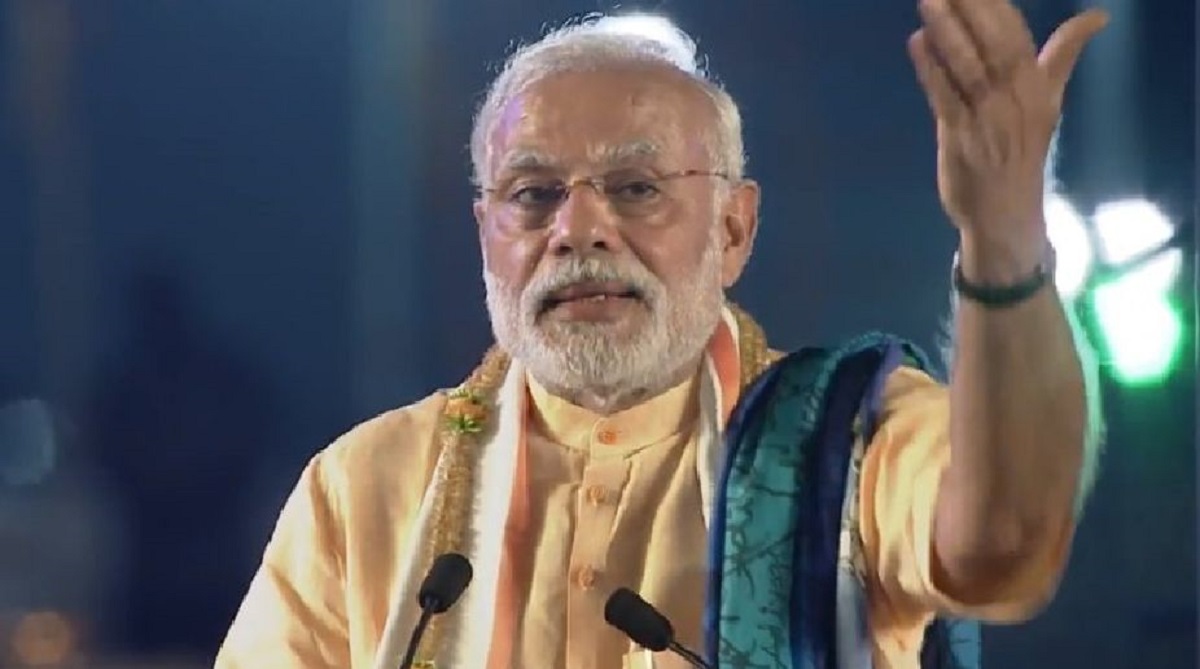So, the game-changer is here. For the first time, a quota in jobs and educational institutions on the basis of economic deprivation in lieu of socio-cultural-educational deprivation has been legislated. The Lok Sabha has passed the 124th Constitutional amendment bill of the Modi Government bringing in 10 per cent quota for the economically deprived nonreserved category citizens of India.
Since it talks of economic criteria, and addresses the grievances of Brahmins, Baniyas, Patels, Marathas, Gujjars, Thakurs and perhaps even the Muslims and the Christians for the first time ever, it is considered a master-stroke of Prime Minister Modi before the general elections of 2019. This is noted to have broad-based the reservation policy, created more equality for the less privileged unreserved citizens, and yet without upsetting the lower castes and tribals as their 49.5 per cent total reservations remains untouched.
Advertisement
Looks too good to be true? Indeed. And it has surely foxed the opposition parties who have all rallied to support the bill grudgingly except the MIM. So far so good.
Now the real questions, and some scratching below the surface.
First, with just 90 days to go for the General Elections in India, a major policy issue like additional 10 per cent reservation, and for the first time on economic criteria, is being declared without adequate time to execute it. So, is the timing not wrong, and is it not just a political stunt without honesty of purpose?
Second, since the reservations originally had been envisaged for ameliorating social deprivation and centuries-old, caste-based injustice, is legislating it on economic criteria alone not a violation of the spirit of the Indian Constitution?
Third, even if the amendment bill is passed in both the Houses of Parliament, is there a guarantee that the assemblies of 50 per cent or more states of India will pass it to make it a valid amendment? And can that be done before the Code of Conduct for the LS polls come in? And even if they do, will it stand the litmus test of legality and constitutional validity in the Supreme Court which had in an earlier case capped all forms of reservations to a maximum of 50 per cent (and the current SC-ST-OBC reservations already measure up to 49.5 per cent)?
Fourth, the BJP had bitterly fought the politics of reservation of VP Singh, known as Mandal politics (based on the reservation recommendations of the BP Mandal Commission), in 1990, and brought in its own version of Kamandal politics through the Ram Janmabhoomi movement, which finally brought down the VP Singh government. Now more than a quarter century later, has Mandal scored over Kamandal, and is BJP eating humble pie by resorting to reservation politics, after facing defeats in state assembly polls recently? Has the ruling party concluded that Hindu polarisation through the never solved Ayodhya issue is becoming increasingly untenable as an election winning tactic?
Fifth, the Modi government came to power in 2014 riding on the then Gujarat CM Modi’s image as a Vikash Purush showcasing Gujarat model of development. Now, has the Arakshan Purush taken precedence over the Vikas Purush? Is this a hurried burial to the so-called development politics of BJP in power?
Sixth, the current policy says that those below Rs.8 lacs annual income or owning less than 5 acres of land can avail of the benefits of this quota. That is Rs.66,000 income a month. If so, is this the new poverty line of India? If so, why are people above Rs.20,000 income being taxed? Why do people have to go for hartal in the country asking for minimum wages of Rs.18,000 per month?
Seventh, BJP Minister Nitin Gadkari is on record saying that there are no substantial jobs being created in the economy. If so, then what does such an additional reservation solve? Or for that matter, there is no value of the existing 49.5 per cent reservations as well. Reservation without creation of jobs is like dividing a desert. Whatever share you get, there is still no water to grow crops. Council for Monitoring Indian Economy noted a week ago that India has lost 11 million jobs only in 2018. So what do reservations actually bring in except some empty promises? And without ‘affirmative action through reservations’ in private sector jobs, will this policy mean anything worthwhile on ground?
Eighth, the BJP has always been called a Brahmin-Baniya party, and with this reservation for upper castes, will this perception not become further strengthened? And if this reservation above 50 per cent in total is struck down by the Supreme Court, will it be brought within the allowed 50 per cent thus making lower castes lose their share? Is it politically tenable?
Ninth, if economic relief has to be given to poorer sections, is reservation the right route or schemes like loan waivers, income generating projects like MNREGA, free cereals, benefits through cheaper education, scholarships, etc.? Will reservation without jobs creation bring any real change?
Tenth, and finally, while reservations were originally planned by the architects of the Indian Constitution for just one decade, they got extended decade after decade, and yet social justice is said to have not been done. What is the guarantee that the additional 10 per cent quota on economic criteria will also not meet the same fate and simply get extended without any substantial impact on ground? Is reservation any long-term solution to poverty alleviation or ensuring social justice? However, this is a long-term question, and all political parties except the Left are guilty of using reservation to cultivate vote-banks among the Indian electorate.
The debate is wide open. The advocates of 10 per cent quota are ecstatic. And the critics in the opposition are crying hoarse calling it an election gimmick that won’t stand the test of time and law.
(The writer is a media academic and currently the Media Dean of Pearl Academy in Delhi and Mumbai)











